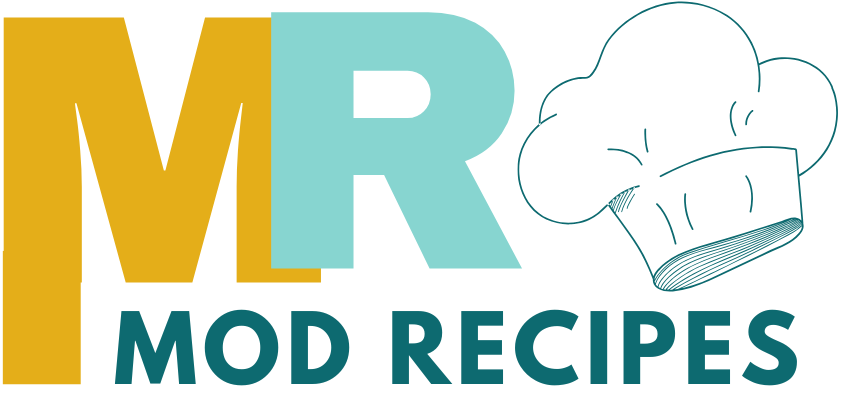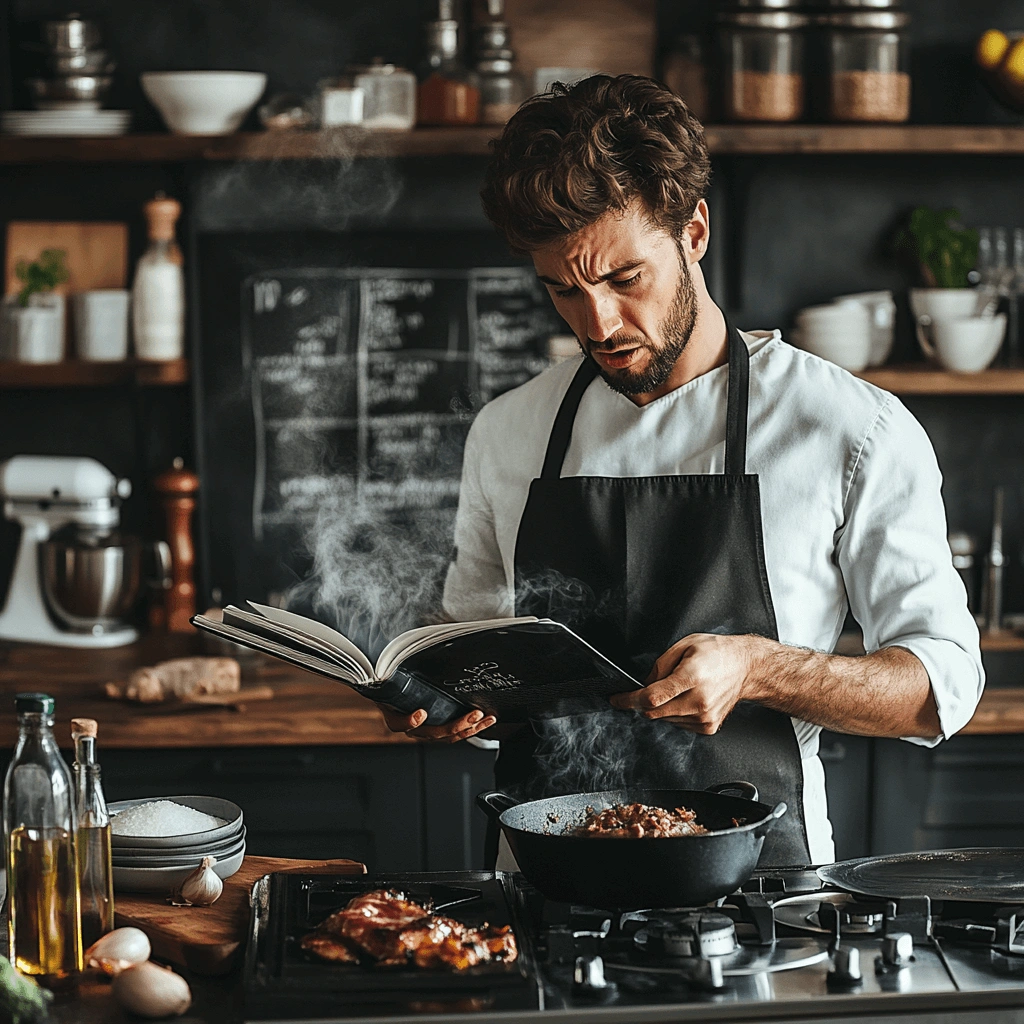Introduction:
Cooking is an art, but even experienced home cooks make common cooking mistakes that can ruin a dish. Whether it’s overcooking meat, under-seasoning food, or using the wrong oil, these errors can affect flavor, texture, and presentation. The good news? Every mistake has a fix! In this guide, we’ll explore 10 hidden cooking mistakes that could be sabotaging your meals and how to correct them like a pro.
By identifying and resolving these kitchen mistakes, you’ll cook with more confidence and create delicious, well-balanced meals every time. Let’s dive in!
1. Overcooking or Undercooking Food: The Temperature Trap

Why This Happens
Many home cooks struggle with getting food to the perfect doneness. Overcooked chicken turns dry and chewy, while undercooked steak can be too raw. The issue often lies in improper temperature control or not using a thermometer.
How to Fix It
✔️ Use a kitchen thermometer: Ensure food reaches the correct internal temperature (e.g., chicken at 165°F, steak at 130°F for medium-rare). ✔️ Follow a temperature guide: Cooking different proteins requires specific heat levels. ✔️ Rest your meat: Letting meat rest before cutting helps redistribute juices and keeps it tender.
2. Not Seasoning Properly: The Salt & Flavor Dilemma
Why This Happens
Many cooks either add too much salt or forget to season throughout the cooking process. This results in bland dishes or overly salty food that’s hard to fix.
How to Fix It
✔️ Season in layers: Instead of adding salt only at the end, sprinkle small amounts during cooking to enhance flavor development. ✔️ Balance excessive salt: If you’ve over-salted a dish, add a starch (potatoes, rice) or acidic ingredients (lemon juice, vinegar) to neutralize it. ✔️ Taste as you go: Adjust seasoning gradually to avoid last-minute disasters.
3. Overcrowding the Pan: Why Your Food Isn’t Browning
Why This Happens
If you’ve ever ended up with steamed food instead of crispy, golden-brown perfection, overcrowding the pan is likely the culprit. When too much food is in the pan, heat distribution suffers, and moisture builds up.
How to Fix It
✔️ Cook in batches: Give each piece of food enough space for proper heat circulation. ✔️ Use a large skillet or cast-iron pan: These retain and distribute heat evenly. ✔️ Pat food dry before cooking: Excess moisture prevents searing, so dry ingredients with a paper towel first.
4. Using the Wrong Cooking Oil: Smoke Points Matter

Why This Happens
Not all cooking oils are suitable for high-heat cooking. Using olive oil for frying can result in bitter, burnt flavors due to its low smoke point.
How to Fix It
✔️ Choose high-smoke-point oils: Use avocado oil, peanut oil, or grapeseed oil for frying. ✔️ Reserve olive oil for low-heat cooking: Extra virgin olive oil is ideal for salads and light sautéing. ✔️ Learn oil uses: Different oils have unique flavor profiles and best-use cases.
5. Baking Mistakes: Why Your Cake Didn’t Rise
Why This Happens
Baking is a science, and small errors in measurement, mixing, or temperature can lead to flat, dense cakes instead of light, fluffy perfection.
How to Fix It
✔️ Measure ingredients correctly: Use a scale for accuracy—baking is precise chemistry. ✔️ Preheat your oven: An oven that’s too cold won’t activate leavening agents properly. ✔️ Avoid overmixing: Stir just until combined; overmixing results in tough textures.
6. Not Letting Meat Rest Before Cutting
Why This Happens
Cutting meat immediately after cooking causes the juices to run out, leading to dry and flavorless dishes.
How to Fix It
✔️ Let meat rest for 5-10 minutes before slicing. ✔️ Tent it with foil to keep it warm without drying it out. ✔️ Cut against the grain to ensure tenderness.
7. Boiling Instead of Simmering

Why This Happens
Many home cooks crank up the heat too high when cooking soups, sauces, or grains, resulting in food that’s unevenly cooked or too mushy.
How to Fix It
✔️ Simmer instead of boil: Lower heat allows for even cooking and better flavor infusion. ✔️ Use a lid for control: Helps regulate heat and prevents excessive evaporation. ✔️ Stir occasionally to prevent sticking or burning.
8. Using Dull Knives: A Recipe for Disaster
Why This Happens
A dull knife requires more force, increasing the risk of accidents and causing uneven cuts that affect cooking time.
How to Fix It
✔️ Sharpen knives regularly: A sharp blade makes prep work safer and more efficient. ✔️ Use the right knife for the job: Chef’s knives for chopping, serrated knives for bread. ✔️ Learn proper cutting techniques to improve precision.
9. Overmixing Dough and Batter

Why This Happens
Overworking dough develops too much gluten, making baked goods tough instead of light and airy.
How to Fix It
✔️ Mix until just combined: Stop as soon as ingredients are incorporated. ✔️ Use a gentle hand when folding in ingredients. ✔️ Chill dough when required to control gluten development.
10. Ignoring Carryover Cooking
Why This Happens
Food continues cooking after being removed from heat, and failing to account for this can lead to overcooked dishes.
How to Fix It
✔️ Remove food from heat a few degrees before doneness. ✔️ Rest food properly to allow even heat distribution. ✔️ Use a thermometer to check carryover cooking effects.

Conclusion:
Mastering the kitchen starts with identifying common cooking mistakes and learning how to fix them. Whether it’s overcooking food, using the wrong oil, or neglecting seasoning, small changes can significantly improve your dishes.
By following these tips, you’ll avoid kitchen mistakes, enhance flavors, and cook with confidence. Have you encountered any of these issues before? Share your experiences in the comments!
If you found this guide helpful, don’t forget to share it with friends and fellow home cooks. Happy cooking!

